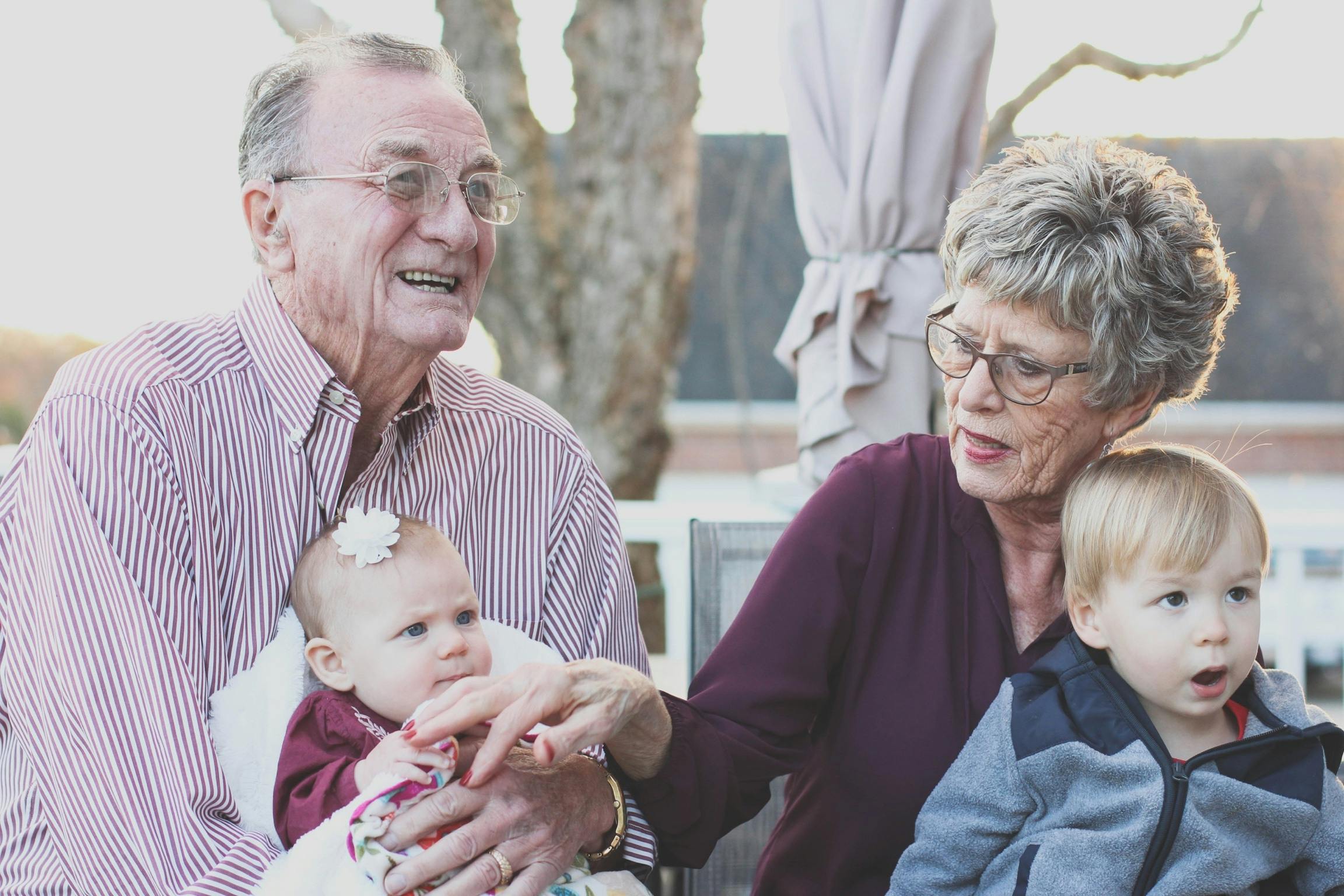The Social Phenomenon of Multigenerational Living
Multigenerational living, an age-old practice of families living together in a single household, is making a comeback in society. With roots in ancient cultures, this familial living arrangement is re-emerging, driven by economic, social, and cultural shifts. Read below to delve into the fascinating world of multigenerational living.

Rediscovering the Roots
The multigenerational household is not a new concept. It was once the norm, with families across diverse cultures and continents living together under one roof. This arrangement provided a practical means to share resources, ensure the care of the elderly, and maintain strong familial bonds. However, with the rise of industrialization and urban migration, the nuclear family became the standard. Despite this, multigenerational living never entirely disappeared and is now seeing a resurgence.
The Resurgence of Multigenerational Living
Several factors are contributing to the resurgence of multigenerational households. The recent economic downturn, skyrocketing housing costs, and the increasing life expectancy of the elderly are all playing a role. Moreover, the growing ethnic diversity in countries like the United States, with many cultures favoring multigenerational living, is also a contributing factor. The Covid-19 pandemic has further accelerated this trend, as families have come together for mutual support during these challenging times.
The Implications and Significance
The rise in multigenerational living has significant implications for society. On a positive note, it fosters intergenerational connections, promotes mutual support, and can help alleviate some of the financial pressures of living independently. However, it also presents challenges such as maintaining privacy, negotiating shared responsibilities, and managing conflicts.
Shaping Modern Society
The return of multigenerational households is shaping society in several ways. It’s influencing housing designs, with homes increasingly being built or remodeled to accommodate multiple generations. It’s affecting the job market as well, with more people needing flexible work arrangements to cater to family needs. Even the way we view age and responsibility is changing, as these households blur traditional roles and redefine family dynamics.
An Evolving Phenomenon
Multigenerational living is not just a trend, but a social phenomenon reflective of our evolving societal, economic, and cultural landscapes. As we navigate this new reality, it’s crucial to recognize its potential benefits and challenges. This renewed practice offers a unique opportunity to reshape our understanding of family, community, and societal responsibility while reminding us of the value of intergenerational connections.
Indeed, as our world continues to change, so too does our understanding of the social constructs we live by. Multigenerational living, with its roots in the past and its relevance in the future, is a prime example of how we can adapt and evolve for the betterment of society.




